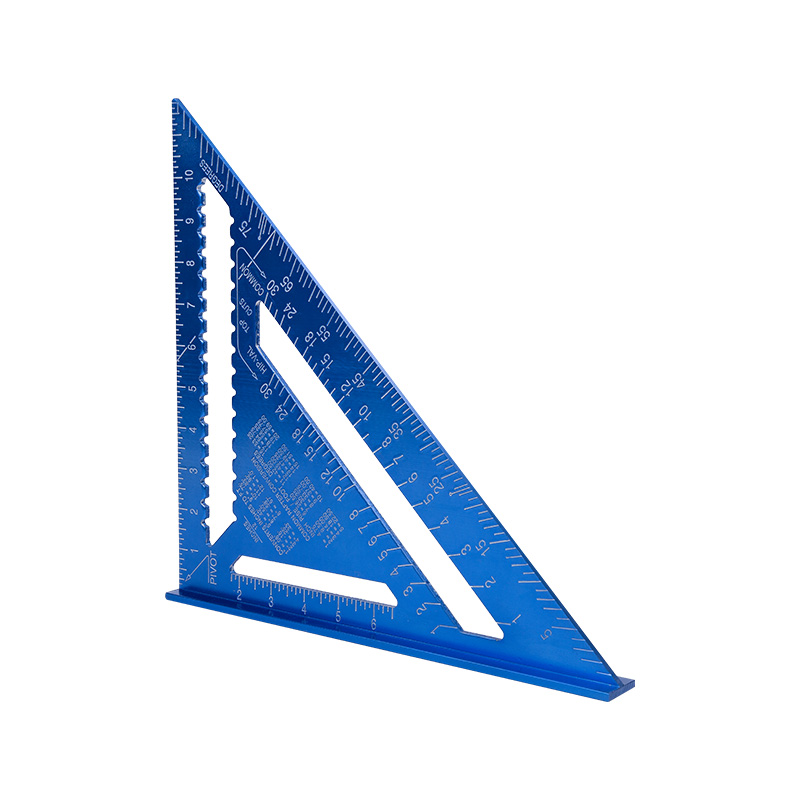When handling and using manual measuring tools, it is important to follow safety precautions to prevent injury and ensure accurate measurements. Here are some key safety tips:
Proper Handling: Manual measuring tools are precision instruments that require careful handling. Avoid dropping them or exposing them to rough treatment. Mishandling can bring about misalignment, inaccuracies, or even permanent damage to the tool. Always use a gentle touch when handling and positioning the tools. For instance, when using a micrometer, turn the ratchet slowly and gently until it contacts the object, ensuring you do not overtighten it. Always place the tools on a padded or clean surface when not in use, and avoid stacking them to prevent scratches or other damage.
Use Correct Tool for the Job: Selecting the appropriate measuring tool for a specific task is critical. Using the wrong tool can result in inaccurate measurements and potential damage to both the tool and the object being measured. For example, using a caliper for a task that requires a micrometer can bring about significant errors due to the differences in precision. Similarly, a tape measure is not suitable for precise internal dimensions that require a caliper. Understand the capabilities and limitations of each tool, such as their measurement ranges and the precision they offer, to ensure you choose the right one for your needs.
Inspect Tools Regularly: Before each use, inspect your measuring tools for any signs of wear, damage, or defects. Look for issues such as cracks, chips, rust, or worn-out calibration marks. Using a damaged tool can compromise measurement accuracy and may be unsafe. Regular inspection helps identify problems early, allowing for timely repairs or replacements. For example, check the calibration marks on a vernier caliper for clarity and ensure the jaws align perfectly when closed. Verify that all moving parts, such as the ratchet on a micrometer, operate smoothly without excessive play or resistance.
Calibrate Regularly: Regular calibration of measuring tools ensures that they provide accurate readings over time. Calibration should be performed according to the manufacturer’s guidelines or industry standards. This process involves comparing the tool’s measurements with a known standard and adjusting it as necessary. Accurate calibration is essential for maintaining measurement precision and reliability. For instance, use gauge blocks to check the accuracy of a micrometer at different points within its range. Record calibration results and keep a log for each tool to track its performance over time and to comply with quality control standards.
Store Tools Safely: Proper storage is essential to protect your measuring tools from damage and contamination. Store them in a designated area, preferably in a protective case or box. Ensure the storage environment is clean, dry, and free from excessive humidity or temperature fluctuations. Proper storage prevents accidental damage and helps maintain the tools' accuracy. For example, avoid placing tools near magnets or in areas with high dust levels. Consider using silica gel packs in storage cases to absorb moisture and prevent rust. Label storage cases clearly to quickly identify and access the tools you need without unnecessary handling of other instruments.




 English
English Español
Español
















